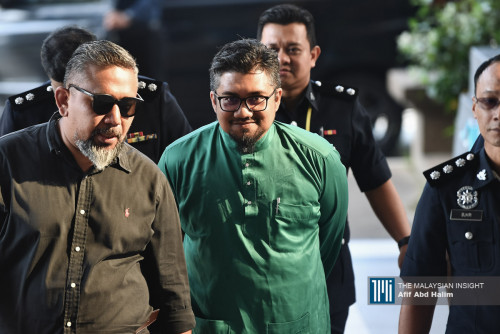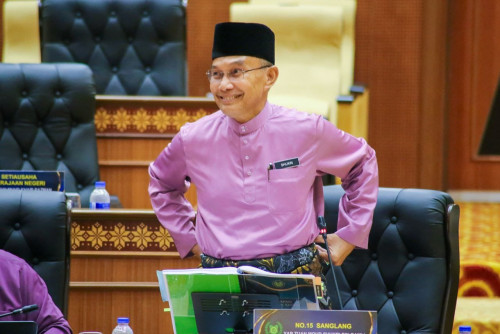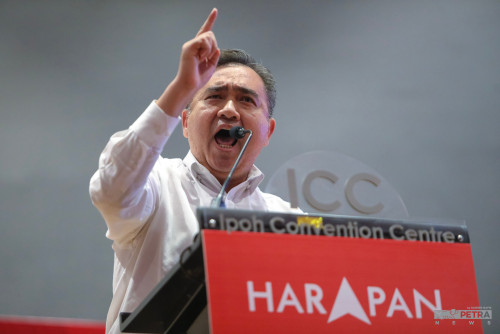KOTA KINABALU – The Philippines' territorial claim over parts of Sabah has long been a contentious issue for the state and affects Malaysia-Philippines bilateral ties to this day. But not one of the ancient claims produced by the Philippines has so far held water.
The Philippines’ claim that Sabah was derived from the Sulu sultanate traces its history back 1704. It is said the sultanate acquired Sabah as a reward for helping the sultan of Brunei quell a rebellion.
The rebellion in question may refer to the Brunei civil war, or the “Perang Chermin”, which lasted for 13 years (1660-1673) among Brunei's royal household.
The Philippines may have got it right. But its claim only came after the civil war. It is in the weakened state of the Brunei kingdom that the Sulus were bold enough to assert its claim over North Borneo.
The claim also includes the Sulus' ability able to coax the North Borneo Chartered Company into signing a treaty with them in 1878, when the kingdom was barely surviving after the Spanish attack.
But if indeed the Philippines’ claim is justifiable, then they are opening the floodgates to other ancient claims as well.
One such claim includes Sabah’s right to claim Manila, the capital city of the Philippines, given that the ancient kingdom of Manila was founded by the Brunei royalty, whose descendents reigned over North Borneo at the time.
And, their descendents still exist in Sabah today.
This story revolves around Sultan Abdul Hakkul Mubin, and touches on how a once great kingdom could be easily weakened when relatives take advantage of their vulnerability amid foreign colonialism.
Who is Abdul Hakkul Mubin?
The story centres around Sultan Abdul Hakkul Mubin Ibni Sri Maharaja Pengiran Bendahara Pengiran Muhammad Panjang (1661-1673), who is hailed as the real ancient ruler of “Saba”.
Hakkul Mubin, also known as "Raja Gayoh" and "Raja Pulau", is the the husband of Raja Isteri Pengiran Anak Puteri Noralam Binti Paduka Sri Sultan Muhammad Hassan, the sister of the then reigning Sultan Muhammad Ali Ibni Sultan Muhammad Hassan (1660-1661), whom he killed before seizing the throne from following a family dispute – a dispute known as the Brunei civil war of Perang Chermin.
Hakkul Mubin was also the Pengiran Bendahara (prime minister) appointed by his brother in law.
Hakkul Mubin is a descendent of Raja Sulaiman and Raja Matanda (1480-1572), one of three rulers of the ancient kingdom of “Maynila”, (Manila) the capital city of the Philippines.
Raja Matanda’s grandfather was the sultan of Brunei, as he ruled over Maynila, along with Rajah Sulaiman, and their cousin, Datu Lakan Dula.
They were the three paramount rulers with whom the Spaniard’s Legaspi expedition dealt with when they arrived in the area of the Pasig River delta in the early 1570s.
Hakkul Mubin is the son of Raja Dungu @ Pengiran Anak Tuah, and the daughter of Sultan Saiful Rizal (1533-1581), who received 40 men as dowry and gifted for her marriage to Pengiran Bendahara Pengiran Muhamad Panjang Ibni Datu Hatta Ibni Raja Sulaiman II, six territorial dependencies – Marudu, Banggi, Mempakul (Upper Padas Damit) Lawas, Bukau and Membakut.
Bendahara Sakam (a Badjao) son of Sultan Abdul Kahar of Brunei , Datu Lakandula, Raja Sulaiman and Raja Matanda of Manila descendent, assisted Sultan Saiful Rijal in reclaiming his throne, and also repelled the attack of the Spaniards on Brunei during the Castilian War of 1578.
Saiful Rijal was earlier forced to flee the istana during the Spanish attack, as he also faced internal problems with more than 30 of his brothers who also wanted to claim the throne, with the help of the Spaniards.
The Spaniards were defeated and forced to retreat to Manila, where they had set up their headquarters.
Hakkul Mubin father, Pengiran Mohammad, was then made Pengiran Bendahara by Saiful Rijal.
Hakkul Mubin later became Pengiran Bendahara under the reign of Sultan Muhammad Ali (1660-1661), after the reign of two more sultans – Abdul Jalilul Akbar (1598-1659) and Abdul Jalilul Jabbar (1659-1660).
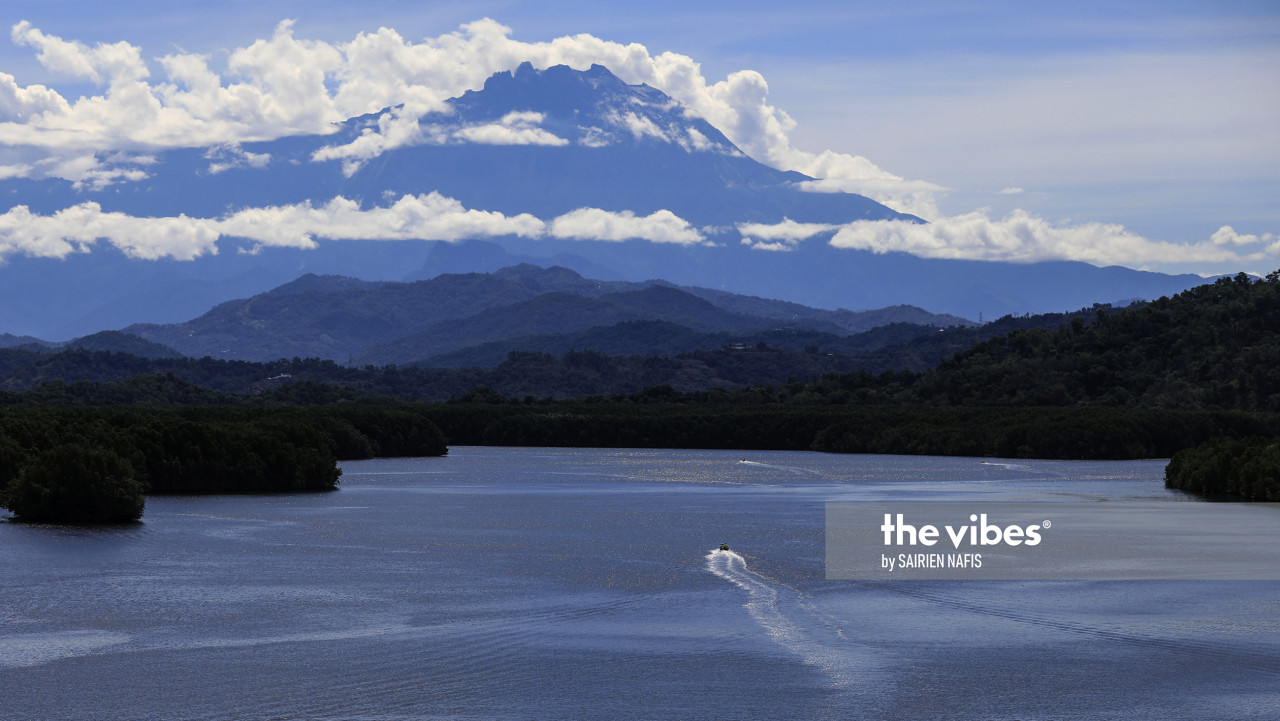
Perang Chermin
Sultan Muhammad Ali’s murder stemmed from the death of Hakkul Mubin’s son, Pengiran Muda Alam, at the hands of the former's son, the prince, Pengiran Muda Bongsu, over a cock-fighting match.
Both men are believed to have entered into a bet and the stakes, among others, involved six dependencies held by Hakkul Mubin’s family in North Borneo.
The prince lost the bet and – in anger – decided to kill Pengiran Muda Alam, which saw Hakkul Mubin run amok, seeking revenge over his son’s death in the istana.
Hakkul Mubin was so angry that, when he could not find the prince in the palace, started killing others inside the istana, forcing Ali to stop him and offering himself to be killed in exchange for his son’s life.
Hakkul Mubin then killed Ali and declared himself sultan thereafter, adopting the name Sultan Abdul Hakkul Mubin.
Hakkul Mubin then appointed Ali’s son-in-law and his nephew, Muhyiddin, to be the Pengiran Bendahara to appease his loyalists and family members.
At first, Muhyiddin was loyal to his uncle, but he was later instigated by Ali’s supporters, with the chief instigator identified as Orang Kaya Besar Imas, a Kadayan warlord.
The two schemed a plan to overthrow Hakkul Mubin by telling him that Brunei was under siege by rebels and advising him to set up base in Pulau Chermin, an island near Bandar Sri Bongawan.
Hakkul Mubin followed the instructions but as soon as he relocated to the island, Muhyiddin declared himself sultan and raised a yellow flag, signalling he had established his own kingdom.
A 13-year civil war erupted, forcing Hakkul Mubin to retreat and set up base in Kinarut, North Borneo.
This base was on the top of a hill, where he was able to repel Muhyiddin’s attacks, including by controlling piracy in the region.
Hakkul Mubin was also identified as Raja Saba (Sabah), garnering support from local warlords, and was successful in repelling the attacks of four Pengiran Temenggung (chief of Brunei's armed forces) sent by Muhyiddin from Brunei.
As the battle raged on and both sides grew weaker from the campaign, both Muhyiddin and Hakkul Mubin's forces returned to Brunei to plan for the final showdown.
Hakkul Mubin, who had family links with the Sulu sultanate via Raja Sulaiman, Raja Matanda and Datu Lakandula (his grandfather), sought the assistance of the Sulu sultan, who was also his nephew, Sultan Salahudin Karamat.
At the same time, Sultan Muhyiddin sought support from the Sulu sultan, who was also his cousin.
In a fix, the Salahudin Karamat decided not to go to battle himself, instead staying home and sending his generals to the battlefield.
But when Muhyiddin launched the final attack on Hakkul Mubin's fort in Pulau Chermin, the Sulu forces – led by Salahudin’s generals – simply stood by the sidelines and did not move in.
As the story goes, Hakkul Mubin felt so much remorse over the bloody war between families that he decided to give in by committing suicide, according to his followers who remain in Sabah to this day.
He did so by detonating an explosive in his palace on the island.
After the war ended – with Muhyiddin emerging victorious – the Sulu forces started looting valuables owned by Hakkul Mubin, something they in so dishonourably a fashion that they also kidnapped his wife, Bu Angsa.
Along with Bu Angsa, the Sulu forces also kidnapped his son, Datu Dakula.
Myth has it Hakkul Mubin had thrown all his treasures into the sea surrounding the island – which remain to this day.
It is learnt Muhyiddin continued to send his forces to kill the last of Hakkul Mubin’s followers in Kinarut and in other territory under Hakkul Mubin's control for fear of an uprising spurred by revenge.
Many of them fled to places like Putatan, Petagas, Sembulan, Tg Aru, Api Api, Likas, Inanam, Menggatal, Karambunai in Tuaran and Kawang in Papar within the ancient Mengkabong kingdom, hiding and keeping their identities a secret to protect their lives.
Many of those ancient Brunei settlements – and the descendents of their people – still exist in Sabah until today.
The first Sulu claim
The first recorded attempt by the Sulu sultanate to claim Saba, or North Borneo, was made around 1688, or about 15 years after the Brunei civil war.
The Sulu sultan at the time, Sultan Shahbudin (1685-1710), had instructed the son of Brunei, Sultan Abdul Hakkul Mubin, or Datu Dakula, to seek revenge on the man who killed his father, the Brunei sultan Muhyiddin.
Datu Dakula was also instructed to claim Saba, including the six territorial dependencies bestowed as a wedding gift to Hakkul Mubin’s parents by the previous sultan, Sultan Saiful Rijal.
Datu Dakula was kidnapped as a boy, along with his mother, Bu Angsa, by the Sulu forces sent by the Salahudin Karamat.
Little did the Sulu know, Muhyiddin had also appointed one of Hakkul Mubin’s sons and Datu Dakula’s half brother, Pengiran Amir, a son from a different wife, as the Pengiran Bendahara to appease Hakkul Mubin’s family.
Pengiran Amir was so eager to show his loyalty to Muhyiddin that he offered himself to repel Datu Dakula and the Sulu sultanate's forces.
As both forces met on the sea, both brothers started diplomatic talk and after, Datu Dakula told Pengiran Amir that he wanted to kill Muhyiddin and claim Saba, whe Amir told him what really happened.
Both brothers hugged each other as Pengiran Amir clarified the story that their father was not killed by Muhyiddin in the war, but had instead committed suicide.
As for his claim over Saba, Pengiran Amir offered Datu Dakula an audience with the sultan, and they both met Muhyiddin.
Muhyiddin refused to return Saba to Datu Dakula, instead offering him a place in the royal household as Pengiran Temenggong (head of the armed forces), to which Datu Dakula accepted.
The Sulu sultanate's alleged reward of acquiring Saba was, therefore, quashed after Datu Dakula ended his pursuit.
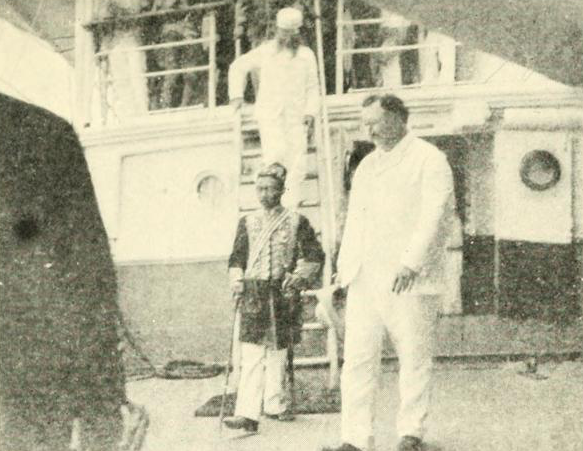
The Dalrymple treaties
Between 1761 and 1764, Sultan Muhammad Muizzuddin, son of Sultan Badaruddin, also known as Sultan Bantilan of the Sulu sultanate, signed four treaties with Alexander Dalrymple, which led to the establishment of the East India trading posts in Pulau Balambangan in 1773.
The treaties are in Malay and Tausug.
However, scholars disagree on the Dalrymple treaties' validity as Bantilan was not the real Sulu sultan.
It is understood that the Sulu sultanate practised the vassal system, and that Bantilan had no support from the Sulu warlords who held the title Datu.
Even Brunei rejected Bantilan and any power he claimed to have over the signing of such treaties.
The real sultan, however, was his older brother, Sultan Azimudin 1, who was exiled by the Spanish in Manila.
Azimudin had converted to Christianity and was instead called Don Fernando.
Don Fernando was later released from exile and re-entered Islam before returning to the throne.
Azimudin 1 also relinquished his claim over North Borneo, including Balambangan, Palawan, Banguey, Balabac, Manac and other islands in 1769.
The 1769 treaty was objected to by the Brunei sultanate.
The 1878 Sulu treaty
The sultan of Sulu signed a contract granting concessions and privileges to an Austrian and British national over North Borneo in exchange for annual payments of US$5,000.
It is understood that, while the chartered company signed only one treaty with the Sulu, they also signed a total of 27 treaties with the Brunei sultanate, and many more minor treaties with the Pengiran Tulin, who ruled over North Borneo autonomously.
The Sulu sultanate itself was already on the verge of collapse after being conquered by the Spaniards, and, therefore, had almost exhausted their forces.
It is learnt the Sulu sultanate also sought the help of the German and British to quell the Spanish.
The British, meanwhile, saw an opportunity to sell weapons to the Sulu and put a stop to the Spanish advancing their attack on Sulu over to North Borneo.
They proceeded with the treaty with the Sulu, despite already signing a treaty with Brunei's sultan.
On the advice of William Hood Treacher, Sabah's first governor, and William Cowie, a merchant with interests in selling weapons, Baron Von Overbeck signed a treaty with the Sulu.
Another treaty was also signed so the company would not see any problem with their weapons business.
Spain relinquished its claim over North Borneo after Great Britain, Germany and Spain signed the Madrid Protocol of 1885.
The agreement would establish the recognition of Spainish sovereignty over the Sulu archipelago and limit Spanish influence in the region.
The liberation of Sabah and subsequent claims
North Borneo was annexed to the British North Borneo Company after the treaties were signed, but the company ceded rights over Sabah to Britain in 1946 after World War II.
Sabah then became a British colony.
Despite the liberation of Sabah, Esmail Kiram, the then then sultan of Sulu, revoked the contract and claimed the territory of North Borneo for the Sulu sultanate in 1957.
In 1962, Esmail ceded his sultanate’s claim over Sabah to the Philippine government, which then accepts it.
Manila files its claim over Sabah to the British government, and the two hold brief talks in early 1963 but no agreement is produced.
In 1963, Sabah attained self-governing status from Britain, and immediately joins the newly formed federation of Malaysia.
Is the Sabah claim justifiable?
Assuming the ancient Filipino claim holds water till today, such effort would open the floodgates to other ancient claims, too, one of which would give Sabah the right to claim Manila.
This story is derived from Raja Matanda (1480-1572), one of the three rulers of the ancient Maynila kingdom.
Raja Matanda’s grandfather, meanwhile, is not only the sultan of Brunei but also a direct descendent of Hakkul Mubin. – The Vibes, December 19, 2020



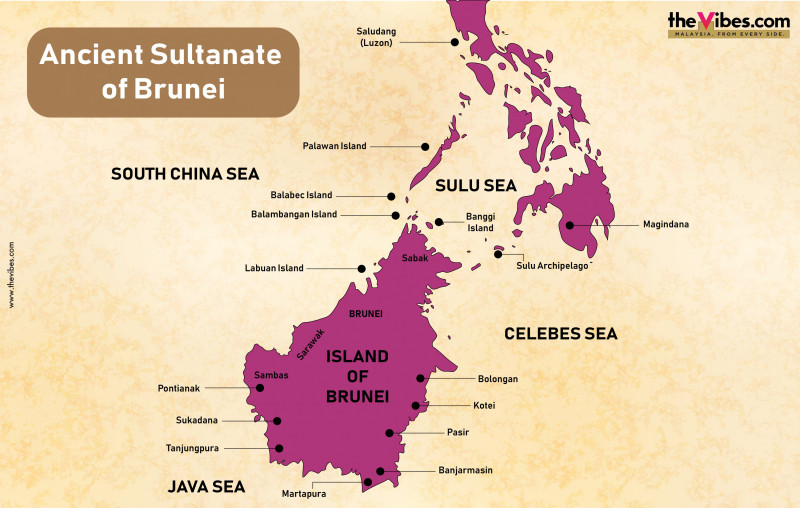


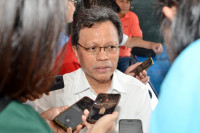

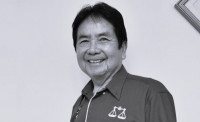
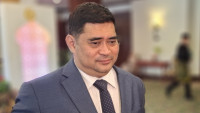
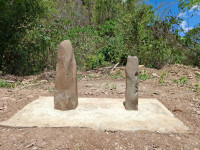


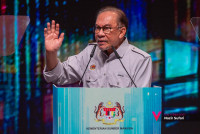

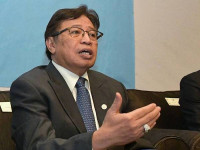


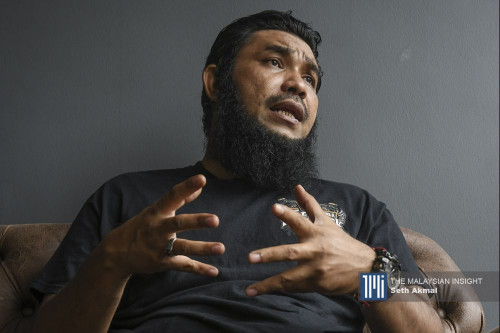
.jpg)
